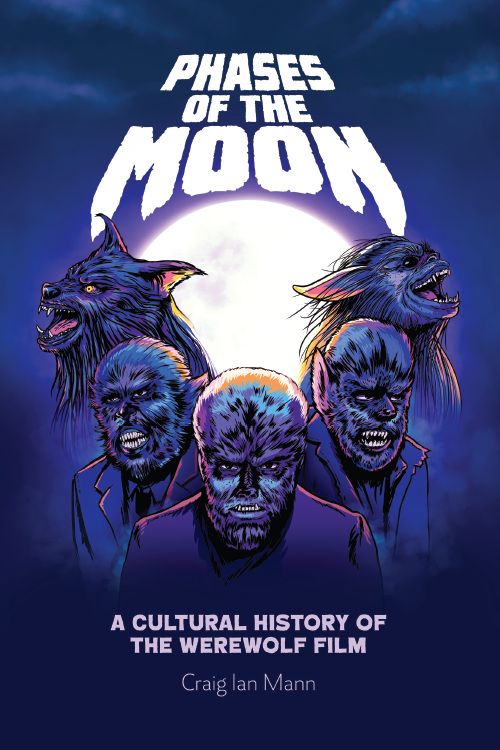
With Halloween approaching and a full moon appearing on the same day, it seems fitting that Craig Ian Mann discusses his pick of 5 lesser-known werewolf films to watch on Halloween.
I wanted to write Phases of the Moon: A Cultural History of the Werewolf Film for many reasons, the first being a lifelong love of werewolf fiction. But another was that – if you’ll excuse an awful pun – werewolves in cinema have long been underdogs, never celebrated in the same way as their bloodsucking (or even brain-eating) brethren. Vampires and zombies are the subjects of far more films and, as a consequence, a much larger body of academic work.
There are a few reasons for this, some of them purely industrial. Werewolves are notoriously difficult to realise on the screen; horror fans raised on The Howling (1981) and An American Werewolf in London (1981) expect to see expensive practical effects and complex transformation scenes that are often out of reach for productions with lower budgets (and, of course, there is no horror fan with a keener eye for poor CGI than one with a taste for werewolf movies). Others are a little more abstract. There is a prevailing idea that the werewolf is thematically limiting, something of a one-note monster that solely functions as a manifestation of the ‘beast within’ (or the id run rampant).
While I can’t disagree that werewolf movies are often prohibitively expensive to make, my book is designed to take issue with that second point – and illustrate that werewolves, like vampires or zombies, have always been multifaceted monsters that have evolved in step with social, cultural and political developments. With that in mind, here are 5 lesser-known werewolf films to watch on Halloween that illustrate the monster’s metaphorical potential, all of them great choices for a Halloween that falls on the night of a full moon.
The Werewolf (1956)

While early werewolf films such as Werewolf of London (1935) and The Wolf Man (1941) locate the monster purely within the realms of the supernatural, by the 1950s the origin of werewolfery was being traced to the world of science. I Was a Teenage Werewolf (1957) sees a juvenile delinquent enter a primal state under hypnosis, while The Werewolf (1956) drew on atomic paranoia. Featuring perhaps the only radioactive werewolf in the history of cinema, it plays on fears of nuclear annihilation by having its unfortunate protagonist, Duncan Marsh (Steven Rich), turn into a lupine mutant after he is injected with irradiated wolf’s blood. A clear example of the werewolf’s metaphorical versatility, The Werewolf is as much a science fiction movie as it is a horror film and played on the bottom half of the bill with Earth vs. the Flying Saucers (1956).
Werewolves on Wheels (1971)
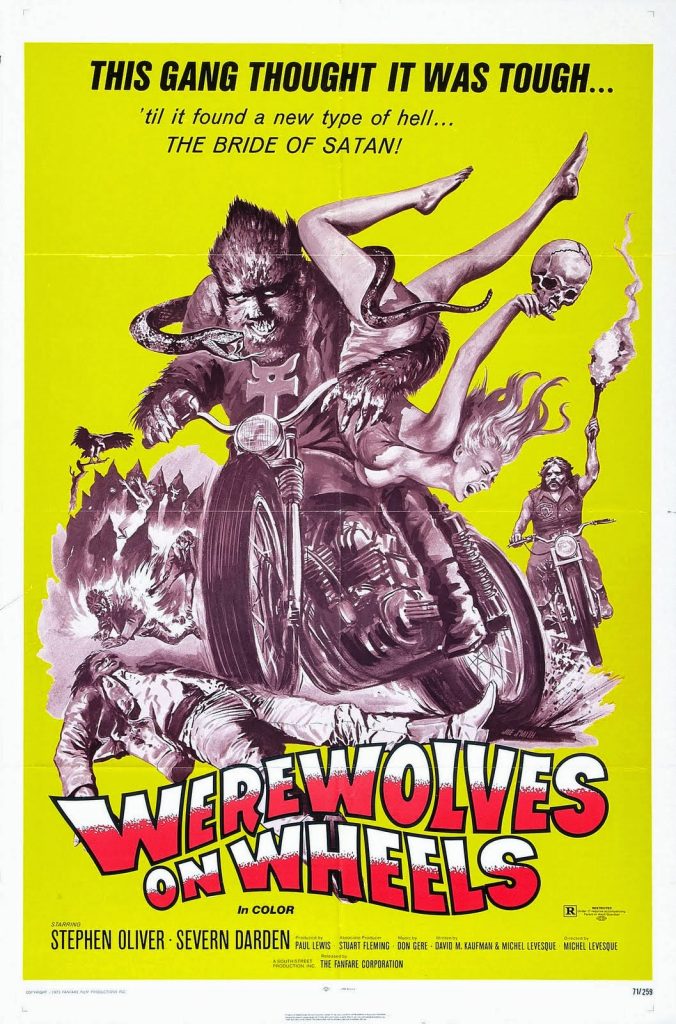
Werewolves on Wheels (1971) is to werewolves what Night of the Living Dead (1968) is to zombies. Produced by the turbulent social, cultural and political conditions of the late 1960s and 1970s, a period defined by the Vietnam War, the birth of the counterculture and the battle for civil rights, it pits a werewolf biker gang against devil-worshipping monks in the arid desert. A fiercely political film aligned to the ‘New Horror’ movement frequently associated with the likes of George A. Romero, Tobe Hooper and Wes Craven, it imagines a supernatural struggle between its bikers – standing in for the free-spirited men and women of the counterculture – and its satanic coven, an embodiment of the conservative mainstream. Nowhere near as mindless or exploitative as its title would have you believe, this is a bleak and desolate film that suggests political division can tear entire nations apart.
Silver Bullet (1985)
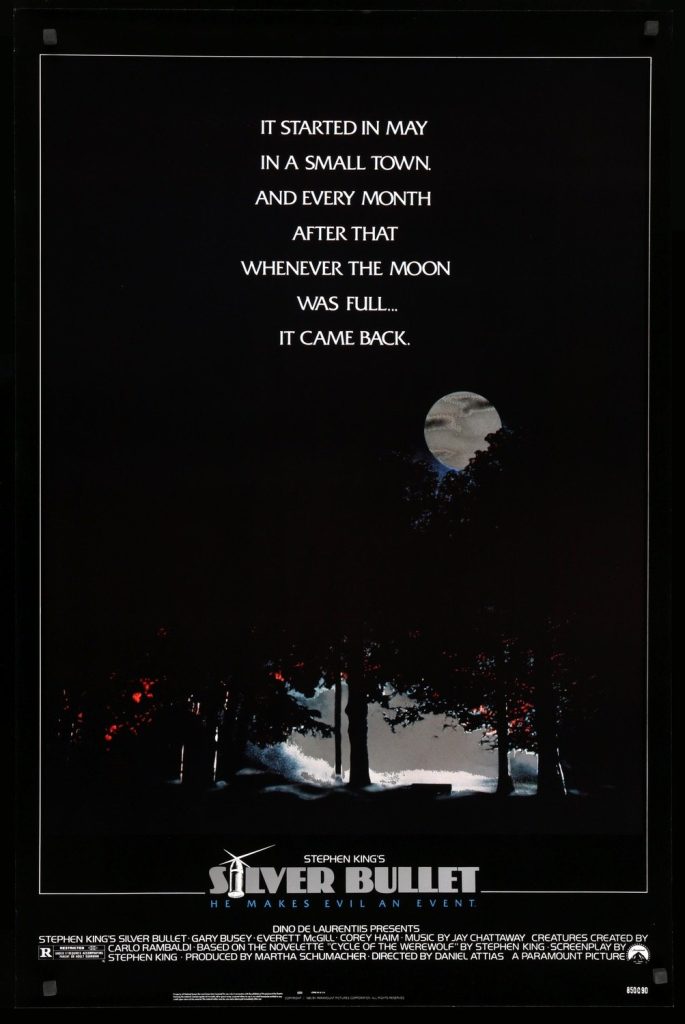
Based on Stephen King’s novella Cycle of the Werewolf (1983) and produced from a screenplay penned by King himself, Silver Bullet (1985) is a very different beast to the more famous werewolf movies of the 1980s. While An American Werewolf in London (1981) and The Howling (1981) are largely concerned with body-horror, Silver Bullet takes aim at conservative communities as it drops a vicious werewolf into the small town of Tarker’s Mills, Maine. As the townspeople divide into camps and indulge in petty in-fighting, it’s up to a young boy named Marty Coslaw (Corey Haim) to uncover the werewolf’s identity and put a stop to its rampage. Featuring a standout dream sequence that sees the citizens of Tarker’s Mills transform into werewolves inside their local church (all set to the sound of ‘Amazing Grace’), Silver Bullet is an indictment of Ronald Reagan’s America that finds monstrosity in the insularity of small-town life.
When Animals Dream (2014)
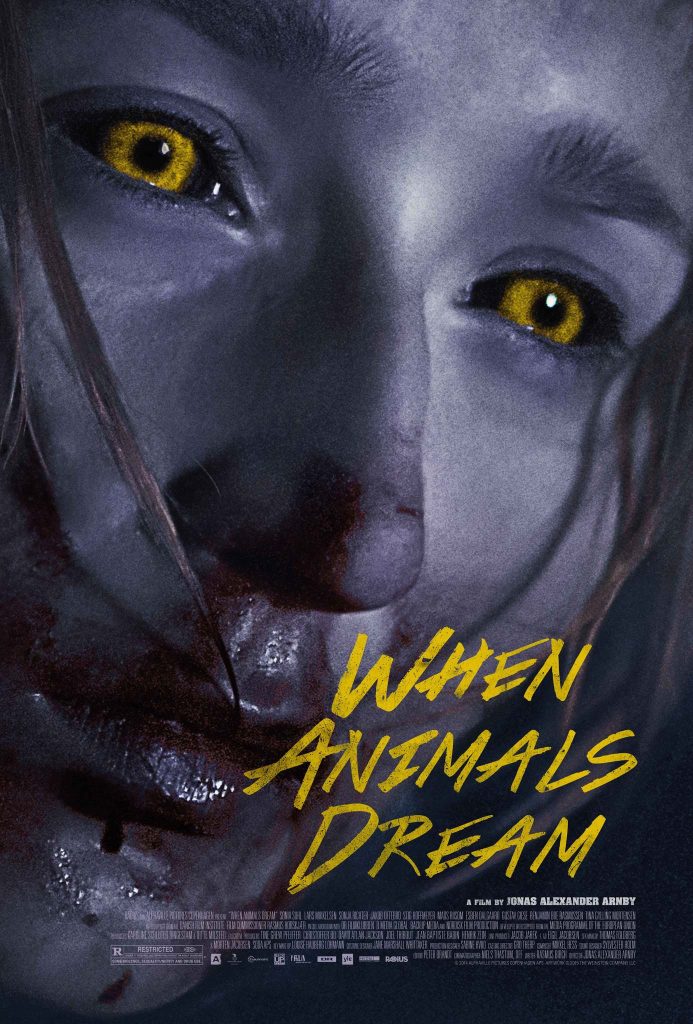
While they have never been as prolific as wolf-men, she-wolves have been at the centre of some of the most important werewolf films in the history of horror cinema – including the very first, 1913’s The Werewolf. Since then, female werewolves have appeared in films from Cry of the Werewolf (1944) to Bloodthirsty (2020) via Werewolf Woman (1976), Ginger Snaps (2000) and Wildling (2018). The Danish When Animals Dream (2014) is an excellent example of the feminist werewolf film, which sees sixteen-year-old Marie (Sonia Suhl) discover she has inherited werewolfism from her mother. But rather than fear the curse, Marie fears the men in her life who would force her to suppress her true nature. Here, as in many modern she-wolf films, werewolfery represents emancipation rather than monstrosity – a marker of difference that allows women to break free of patriarchal bonds.
Howl (2015)
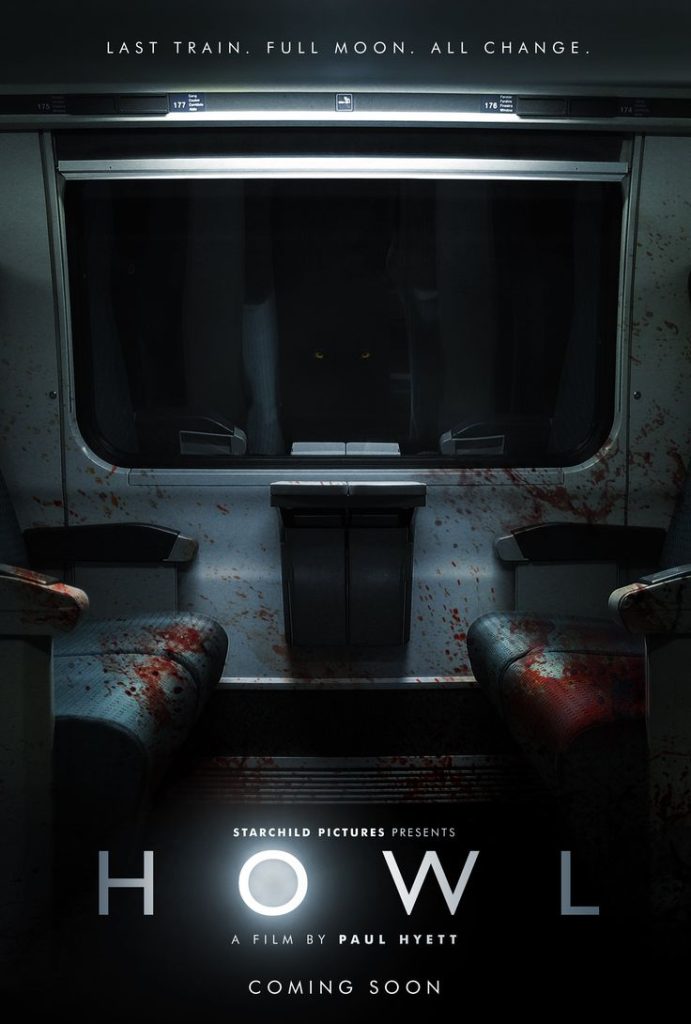
A film for fans of Dog Soldiers (2002), Paul Hyett’s Howl (2015) could crudely be described as ‘werewolves on a train,’ but it is far more than that brief synopsis suggests. On a late shift, long-suffering conductor Joe (Ed Speelers) finds himself on a broken-down train in the middle of dense woodland. With the driver missing, he tries and fails to keep a diverse range of passengers happy. Meanwhile, a pack of werewolves emerges from the trees, brought to life with a fascinating and unique creature design that diverges from our traditional conception of werewolves and wolf-men. A riotously entertaining, smart and socially conscious film, Howl ultimately uses its werewolves to indict austerity Britain; while the passengers inside the train represent a cross-section of British society, the werewolves outside embody a forgotten underclass – diseased, emaciated and, unfortunately for Joe and his passengers, very hungry.
As the full moon creeps closer, now all you have to do is to decide which werewolf films to watch on Halloween!
Craig Ian Mann is lecturer in film and media studies at Sheffield Hallam University. He researches the cultural politics of popular genres, including horror, science fiction, action, the thriller and the Western. He is the author of Phases of the Moon: A Cultural History of the Werewolf Film (2020), has contributed to the Journal of Popular Film and Television, Horror Studies and Science Fiction Film and Television, and is co-organiser of the Fear 2000 conference series on contemporary horror media. He tweets @craigimann.
Phases of the Moon: A Cultural History of the Werewolf Film is out this Halloween! Order now using discount code Spooky30 and save 30%.
Liked this post? You might also like:
A history of American horror film in 10 images
Brain Candy – My Top 6 Best First Person Zombie Narratives
Christmas hauntings
Exploitation-horror? Halloween Stabbed it from the Theatres…


